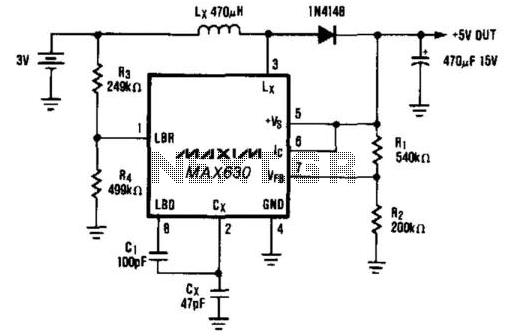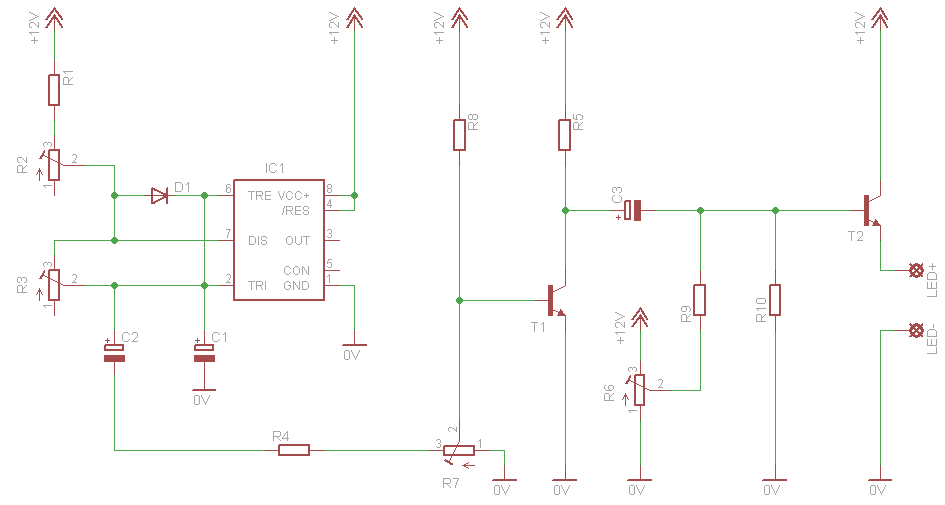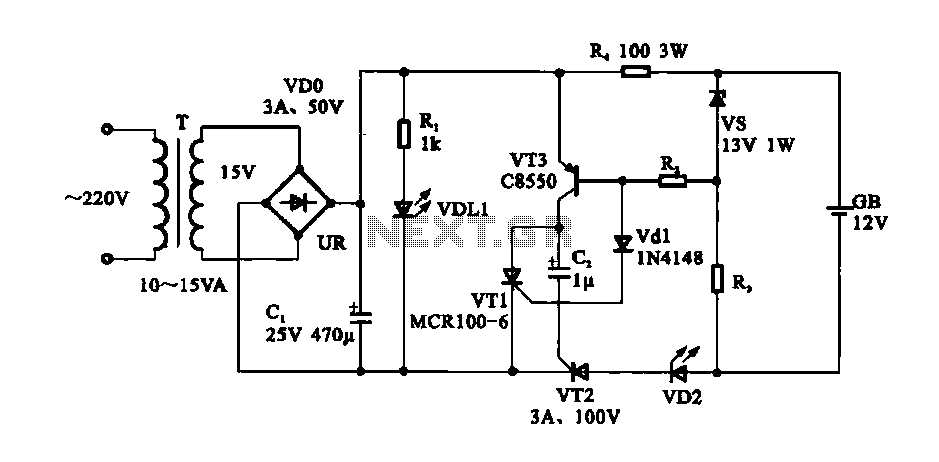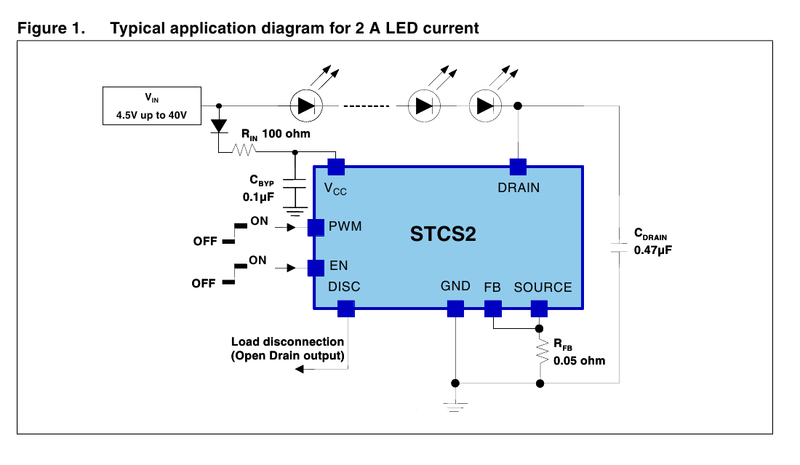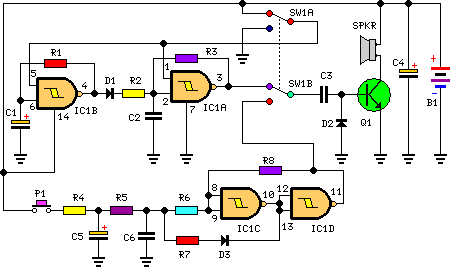
Battery Tester Circuit Schematic

Is the battery empty, or is there something wrong with the device? This question often arises when troubleshooting a battery-powered device, such as a Walkman.
When diagnosing issues with battery-powered devices, it is essential to systematically evaluate both the battery and the device itself. The first step is to check the battery's voltage using a multimeter. If the voltage is below the manufacturer's specified level, the battery may be depleted and requires replacement or recharging.
If the battery is confirmed to be functional, the next step involves inspecting the device. Common issues can include faulty connections, damaged components, or internal circuitry failures. A visual inspection should be conducted to identify any signs of wear or damage, such as corrosion at the battery terminals or broken wires.
Moreover, testing the device with a known good battery can help isolate the issue. If the device operates normally with a different battery, the original battery is likely the problem. Conversely, if the device still fails to operate, further investigation into the internal circuitry and components may be necessary.
In summary, a methodical approach involving battery testing, visual inspection, and component verification is crucial for determining whether the issue lies with the battery or the device itself.Is the battery empty, or is there something wrong with the device? That s always a difficult question when your walkman or some other battery-powered devi.. 🔗 External reference
When diagnosing issues with battery-powered devices, it is essential to systematically evaluate both the battery and the device itself. The first step is to check the battery's voltage using a multimeter. If the voltage is below the manufacturer's specified level, the battery may be depleted and requires replacement or recharging.
If the battery is confirmed to be functional, the next step involves inspecting the device. Common issues can include faulty connections, damaged components, or internal circuitry failures. A visual inspection should be conducted to identify any signs of wear or damage, such as corrosion at the battery terminals or broken wires.
Moreover, testing the device with a known good battery can help isolate the issue. If the device operates normally with a different battery, the original battery is likely the problem. Conversely, if the device still fails to operate, further investigation into the internal circuitry and components may be necessary.
In summary, a methodical approach involving battery testing, visual inspection, and component verification is crucial for determining whether the issue lies with the battery or the device itself.Is the battery empty, or is there something wrong with the device? That s always a difficult question when your walkman or some other battery-powered devi.. 🔗 External reference
